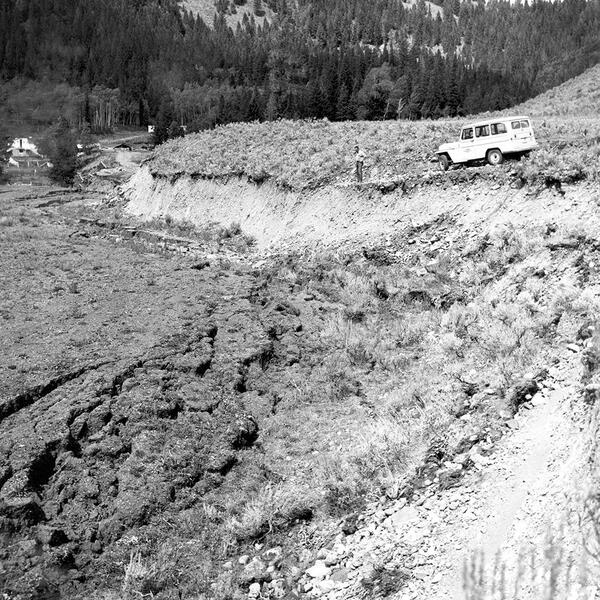Animation of annual Yellowstone seismicity 2017-2023
Animation of annual Yellowstone seismicity 2017-2023This animation shows a map of of Yellowstone seismicity by year from 2017 through 2023. Earthquakes are red circles, with the circle size indicating earthquake magnitude. Gray lines are roads, black dashed line shows the caldera boundary, Yellowstone National Park is outlined by black dot-dashed line, and gray dashed lines denote state boundaries.















